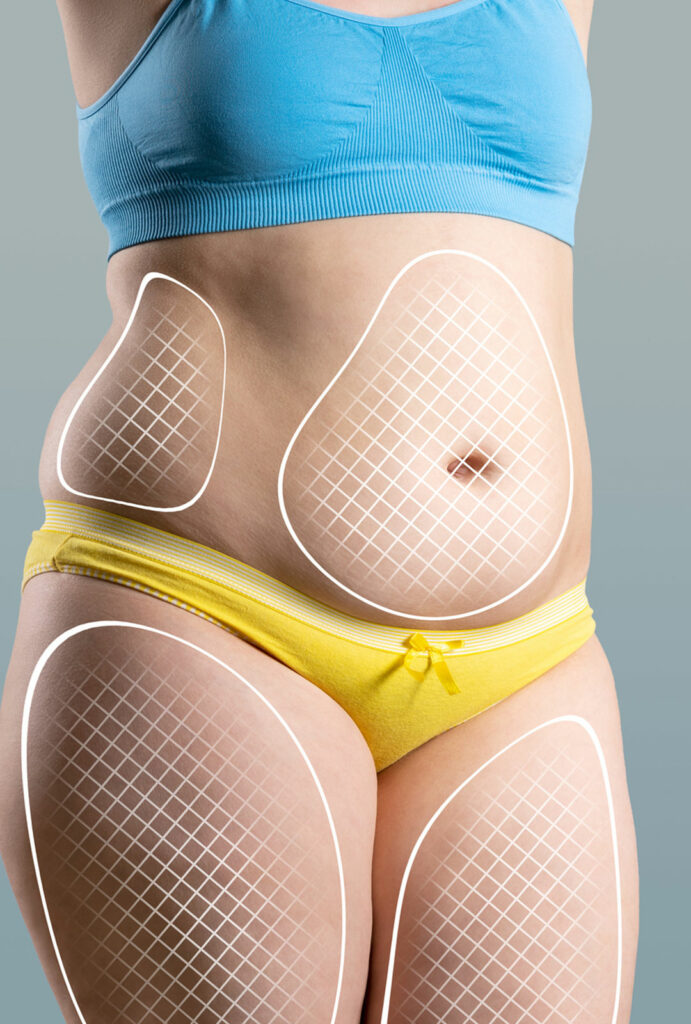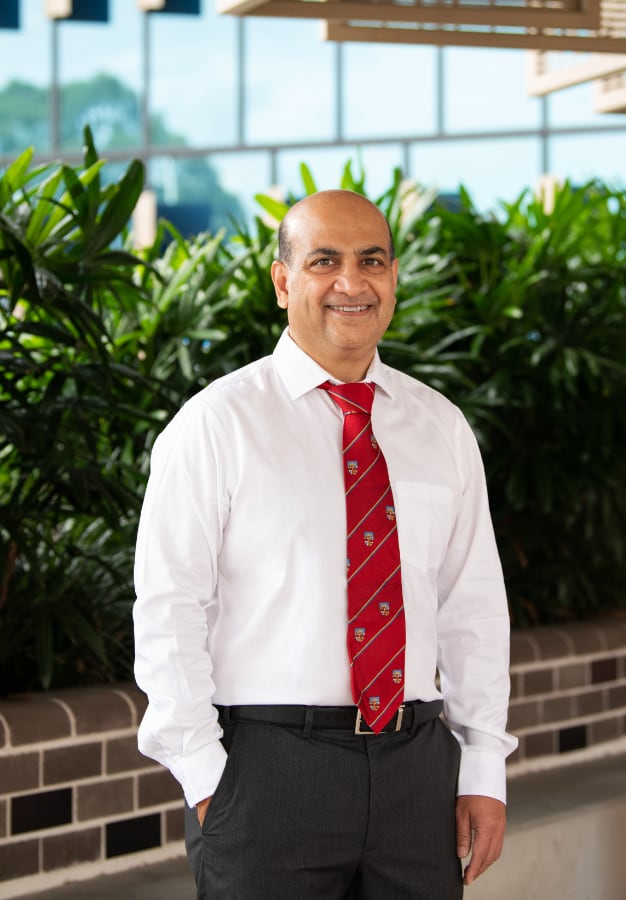Liposuction, also known as lipoplasty or suction-assisted lipectomy, is a cosmetic surgery procedure designed to remove excess fat deposits from specific areas of the body.
This procedure helps to contour and shape the body by targeting stubborn fat that is resistant to diet and exercise.
Liposuction can be performed on various body parts, including the abdomen, hips, thighs, buttocks, arms, neck, and back. It is one of the most popular cosmetic procedures worldwide, including in Australia, due to its effectiveness in enhancing body aesthetics.

Fat accumulation can occur due to various factors, and certain areas of the body are more prone to storing excess fat. Even with a healthy lifestyle, some fat deposits can be challenging to eliminate.
Liposuction provides a solution by targeting and removing these fat cells, resulting in a more proportionate and aesthetically pleasing body shape.
Several factors contribute to the development of stubborn fat deposits, including:
While diet and exercise are essential components of a healthy lifestyle, they may not always be sufficient to address stubborn fat deposits. Liposuction offers a targeted approach to fat removal, providing more immediate and dramatic results.
There are several liposuction techniques available, each tailored to meet the unique needs and goals of the patient. These techniques include:
Patients are usually advised to:
Liposuction is typically performed under general anaesthesia or local anaesthesia with sedation, depending on the size and number of areas being treated.
The procedure usually takes between one-to-three hours. The surgeon will make small incisions near the target areas, insert a cannula (a thin tube), and use the chosen technique to break up and remove the fat cells. The incisions are then closed with sutures, and dressings or bandages are applied to support the treated areas during the initial recovery.
Recovery from liposuction varies, but most patients can expect to return to normal activities within a few days to a week, although strenuous activities and heavy lifting should be avoided for several weeks.
Swelling and bruising typically subside within a few weeks, and the final results become more apparent as healing progresses.
The results of liposuction are generally long-lasting, provided the patient maintains a stable weight and healthy lifestyle. The procedure can provide significant improvements in body contour, enhancing overall appearance and boosting self-confidence.
Liposuction is a safe and effective procedure for individuals seeking to improve their body contours by removing stubborn fat deposits. In Australia, experienced plastic surgeons perform this procedure with great success, helping patients achieve a more proportionate and aesthetically pleasing body shape.
Whether addressing genetic predispositions, lifestyle factors, or age-related changes, liposuction can provide transformative results.
For more information or to schedule a consultation, please contact our clinic. Dr Atul Ingle has significant experience performing liposuction surgery and is dedicated to helping you achieve your aesthetic goals and enhancing your overall quality of life.
He has 20+ years of experience in plastic and reconstructive surgery and holds two Master of Surgery Degrees. He is the Head of the Plastic and Reconstructive Surgery Department at Townsville University Hospital.
If you have a question about a condition or treatment, or would like to book an appointment, please contact us and one of our friendly staff members will happily assist you.
